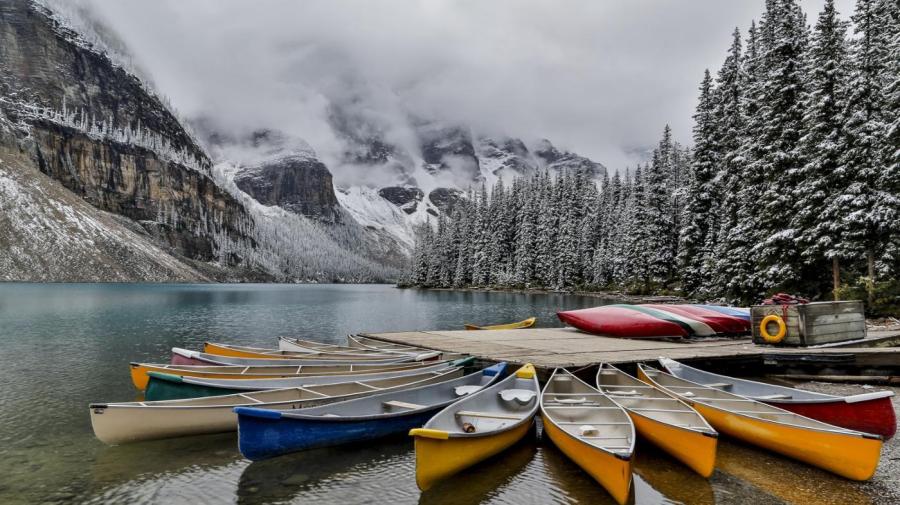What Are Some of the Natural Resources in Alberta, Canada?

Natural resources of Alberta, Canada, include natural gas, oil, minerals, coal and the Athabasca oil sands. Especially rich in resources, this vast region of Canada is considered the country’s energy province, despite the challenges of permafrost and extreme temperatures. The largest single contributor to Alberta’s GDP, capital investments and exports is energy development. As of 2013, oil and gas technology revenue totaled $33 billion.
The Athabasca oil sands of Alberta contain the world’s largest deposits of bitumen, or heavy crude oil. Most of these oil sands – which consist of a mixture of crude bitumen, silica sand, clay minerals and water – are located in the northeastern portion of the province. The bitumen deposits lie across 54,000 square miles of boreal forests and peat bogs, and it is estimated that this area carries approximately 1.7 trillion barrels worth of crude bitumen. Around 20 percent of Albertan crude bitumen can be extracted via surface mining, while the remaining 80 percent rests too deep for open pit mining. Deep mining of bitumen is done through in situ extraction.
Open pit mining has a negative effect on the environment, as it is destructive to the Albertan boreal forests and peat bogs. It also requires incredible amounts of water to produce synthetic crude oil. Tailings, which are a residual substance from mining bitumen, are left in specially engineered ponds that also consist of salts, soluble organic compounds, silt and water. Tailings ponds are a significant challenge for the oil sands industry. In situ extraction has much less of an environmental impact.





